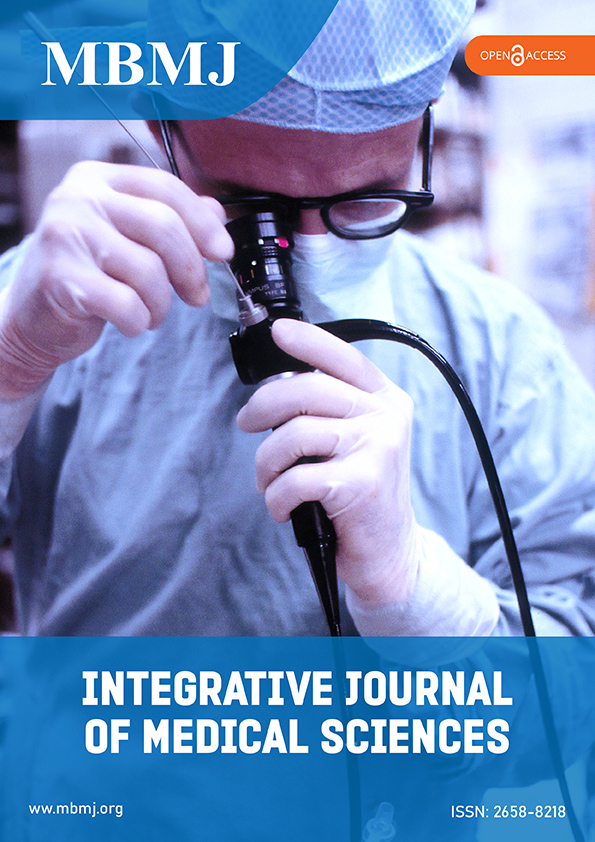Abstract
The loss of maxillary bone is accompanied by severe functional, aesthetic, psychological, and social problems. The maxillofacial obturator prosthesis remains a therapeutic tool that improves aesthetics and restores the functions of chewing, swallowing, and phonation. A close collaboration between the maxillofacial surgeon and the dentist is essential to obtain an optimal prosthesis both functionally and aesthetically, thus allowing a socio-professional reintegration of the patient. There are three stages to rehabilitating a maxillary defect and a partially edentulous patient. First, an immediate obturator prosthesis is realized, then the secondary obturator prosthesis accompanies the healing process, and finally, the definitive obturator prosthesis is achieved. This article is a clinical report of different steps to fabricate a partial denture with an obturator in a partially edentulous patient with a maxillary defect.
References
Desjardins RP. Obturator prosthesis design for acquired maxillary defects. J Prosthet Dent. 1978 Apr; 39(4): 424-35. https://doi.org/10.1016/s0022-3913(78)80161-9
Yoshida H, Furuya Y, Shimodaira K, Kanazawa T, Kataoka R, Takahashi K. Spectral characteristics of hypernasatity in maxillectomy patients. J Oral Rehabil. 2000 Aug; 27(8):723-30. https://doi.org/10.1046/j.1365-2842.2000.00537.x
Sykes LM, Wolfaardt JF, Sukha A. Prosthodontic rehabilitation of a patient with total avulsion of the maxilla (a clinical report). J Prosthet Dent. 2002 Oct;88(4):362-6. https://doi.org/10.1067/mpr.2002.128125
Jegoux F, Le Breton A, Henry JS. Chirurgie des cancers de la cavité buccale: exérèse et réparation. EMC (Elsevier Masson SAS, Paris), Techniques chirurgicales- Tête et cou. 2015 ; 10(1):1- 25.
Cardelli P, Bigelli E, Vertucci V, Balestra F, Montani M, DE Carli S, et al. Palatal Obturators in patients after maxillectomy- A case report. Oral Implantol (Rome). 2015 Apr 13;7(3):86-92. [Accessed 2021 Dec 13]. Available from : https://core.ac.uk/download/pdf/53866189.pdf
Destruhaut F, Vigarios E, Toulouse E, Pomar P. divisions velopalatines non operees ou sequellaires chez l’adulte : approche fondamentale et therapeutique en prothese maxillo-faciale, EMC médecine buccale. 2011 ; 28-560- P-10. [Accessed 2021 Dec 13]. Available from: http://arteeth-formation.fr/wp-content/uploads/2018/05/Cahiers-de-prothe%CC%80se-Fentes-2014.pdf
Margerit J, Pomar Ph, Oussaid M. Rétention en prothèse maxillo-faciale. EMC Médecine Buccale, 28-560-M-10, 2009.
Kennedy, E. Partial denture construction. Dental Items of Interest. 1923; 47-23.
Gregory RP, Gregory PT, Arthur OR. Prosthodontic principles in the framework design of maxillary obturator prosthesis. J Prosthet Dent. 2005 May;93(5):405-11. https://doi.org/10.1016/j.prosdent.2005.02.017
Zeroual R, Laalou Y. Empreinte dissociée exploitant le chassis métallique dans les cas de pertes de substances maxillaire. Cahiers prothèse. 2012; 157: 1-8. [Accessed 2021 Dec 13]. Available from : https://www.editionscdp.fr/revues/les-cahiers-de-prothese/article/n-157/empreinte-dissociee-exploitant-le-chassis-metallique-dans-les-cas-de-pertes-de-substances-maxillaires.html
Begin M, Hurtado S. Les empreintes et leur traitement en prothèse amovible partielle. Synergie prothétique. 2000; 1: 5-19. [Accessed 2021 Dec 13]. Available from : https://fr.scribd.com/doc/151655615/Les-empreintes-et-leur-traitement-en-prothese-amovible-partielle-Clinique-Laboratoire
Lyons KM, Beumer J, Caputo AA. Abutment load transfer by removable partial denture obturator frameworks in different acquired maxillary defects. J Prosthet Dent. 2005 Sep;94(3):281-8. https://doi.org/10.1016/j.prosdent.2005.06.005
Dos Santos DM, de Caxias FP, Bitencourt SB, Turcio KH, Pesqueira AA, Goiato MC. Oral rehabilitation of patients after maxillectomy. A systematic review. Br J Oral Maxillofac Surg. 2018 May; 56(4): 256–266. https://doi.org/10.1016/j.bjoms.2018.03.001
Alhajj MN, Ismail IA, Khalifa N. Maxillary obturator prosthesis for a hemimaxillectomy patient. Saudi J Dent Res. 2016 ; 7(2) :153–159. http://dx.doi.org/10.1016%2Fj.sjdr.2016.03.001
Azhari M, Rokhssi H, Benfdil F, Merzouk N, Bentahar O. La réhabilitation prothétique d’une perte de substance vélo-palatine : à propos d’un cas clinique. AOS. 2017; n° 286. https://doi.org/10.1051/aos/2017062
Keyf F. Obturator prostheses for hemimaxillecto my patients. J Oral Rehabil. 2001 Sep; 28(9): 821-829. https://doi.org/10.1046/j.1365-2842.2001.00754.x
Singh M, Limbu IK, Parajuli PK, Singh RK. Definitive Obturator Fabrication for Partial Maxillectomy Patient. Case Rep Dent. 2020 Mar 21; 2020:6513210. https://doi.org/10.1155/2020/6513210
Aprajita, Bhatnagar A, Deepika K, Singh S. Rehabilitation of a hemi-maxillectomy patient with a cast partial obturator prosthesis - a clinical report. Int J Adv Res. 2018; 6:317-320. http://dx.doi.org/10.21474/IJAR01/6221
Benoist M. Réhabilitation et prothèse maxillo-faciale. Paris: Éditions Julien Prélat; 1978.
Bhatia V, Bhatia G. Aesthetic rehabilitation of a patient with an anterior maxillectomy defect, using an innovative single-step, single unit, plastic-based hollow obturator. Plast Aesthetic Res. 2015; 2:140. https://doi.org/10.4103/2347-9264.157110
Mohamed Usman JA, Ayappan A, Ganapathy D, Nasir NN. Oromaxillary prosthetic rehabilitation of a maxillectomy patient using a magnet retained two‐piece hollow bulb definitive obturator; a clinical report. Case Rep Dent. 2013;2013:190180. https://doi.org/10.1155/2013/190180

This work is licensed under a Creative Commons Attribution 4.0 International License.
Copyright (c) 2022 Ouaalla M et al.












